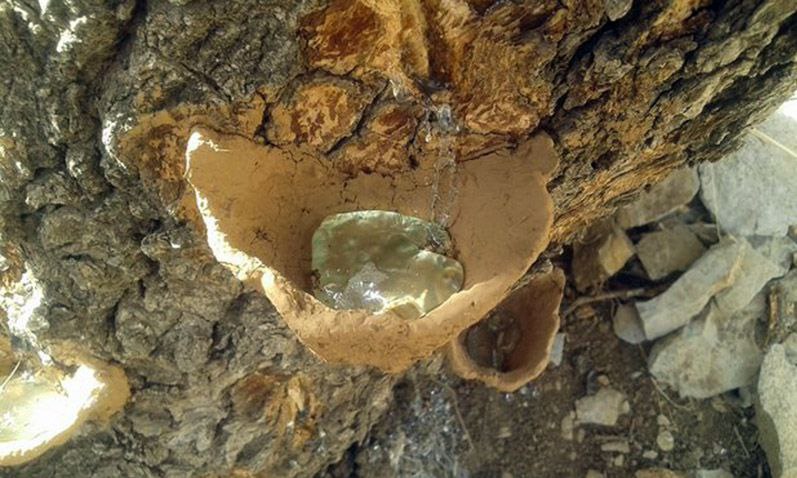When summer comes, on the foot of the Zagros Mountains, the sound of axes mixes with the passionate sound of Hora, the bodies of old trees are injured and the forests of Zagros take on a new landscape under the mud bowls attached to Pistacia trees. This is like deceiving the tree to pour its resin into the bowls and thus some of the people of Zagros can earn a living by selling this resin.
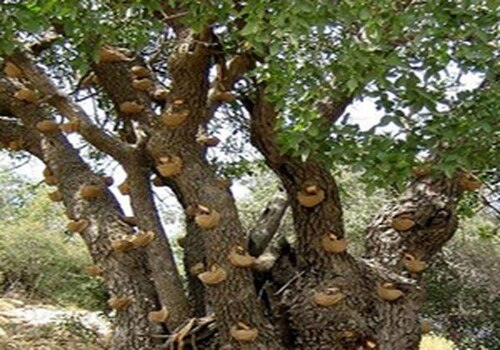
For many years, there has been a deep connection between the forests of Zagros and the lives of the people of the region. It is the story of the people who pick up their axes and step on arduous paths to gain their income from the generous bodies of the wan trees. Wan, Qazwan, Waswan, Ban, Bina, and Binesht are all names of trees that have many characteristics and grow mostly in different parts of the Zagros Mountains.
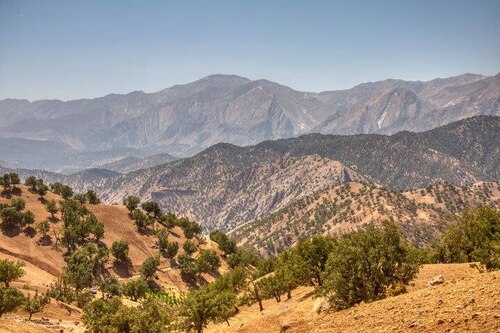
The area of the Zagros forests is 6 million hectares. The history of the Zagros trees dates back 500 years and these trees can produce 300 to 500 tons of gum annually. The main product of the Wan tree (resin) is gum and is available only 45 days a year. Resin collection involves several steps: the wood is injured with an ax and a bowl shaped pot is made of mud and attached under the wound. Due to the heat of the sun, the resin is poured into the pots, and when they are filled, people break them and collect the resin which is a green, transparent, highly viscous substance.
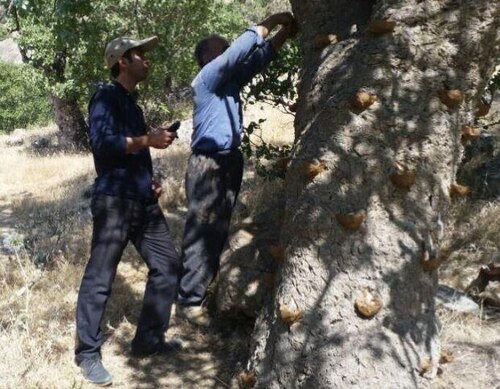
Medicinal Properties of Kurdish Chewing Gum
25% of resin contains the valuable industrial oil turpentine, which is used in a variety of food, pharmaceutical, and industrial products. The Wan tree has wild pistachio fruit, which is the nuts of the Zagros people. In traditional medicine, the leaves of this tree have been used to treat chronic digestive pains. According to studies conducted in Spain, 165 types of resin products are produced. This gum is used as a treatment for healing wounds and burns.
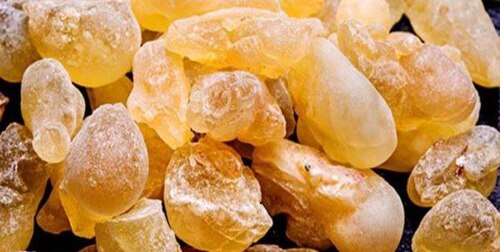
The World Food and Drug Organization has emphasized the decisive effects of bitter gum on the definitive treatment of gastrointestinal cancers. Resin is used to treat constipation and cleanse the stomach, prevent tooth decay, eliminate bad breath, strengthen the eyes, and treat baldness. Chewing gum cleanses the stomach and digestive tract, fighting bacteria that cause stomach ulcers.
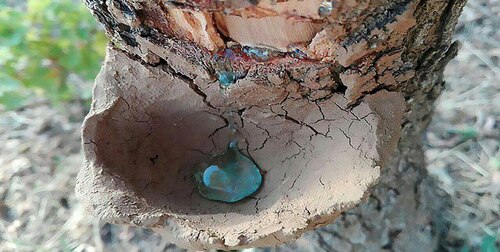
Resin is used in pharmaceuticals, the polymer industry, adhesives, and paints. A research project of Kermashan University of Medical Sciences has shown that due to its anti-inflammatory properties, gum can be used as a useful alternative medicine for the treatment of inflammatory colitis. For these reasons, European countries, including Germany and China, are the main importers of Zagros chewing gum.

In Iran, the Wan tree grows only in Sna (Sanandaj), Ilam, Kermashan, Lorestan, and a part of the Urmia provinces and does not grow anywhere else in Iran. The art of resin collection is typical of Kurdish regions. Wan tree is a hardy tree that is very important in the Zagros plant species and can live up to 300 years in the right conditions.
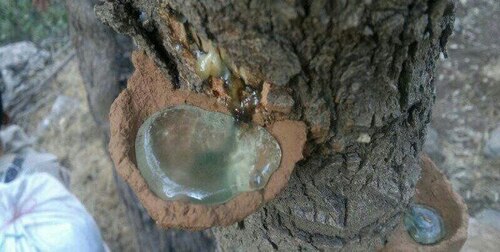
Resin collecting requires proper techniques, which in many cases are ignored and cause the tree to dry out. This green gold is the source of livelihood for about 5000 families. Wan tree creates jobs for villagers in the Zagros region by producing resin in the summer. Considering the economic value of gum in the market, Sna province generates more than 7.2 billion Rials annually. In general, each tree has 500 to 1000 grams of resin, and this amount varies depending on the circumstances.
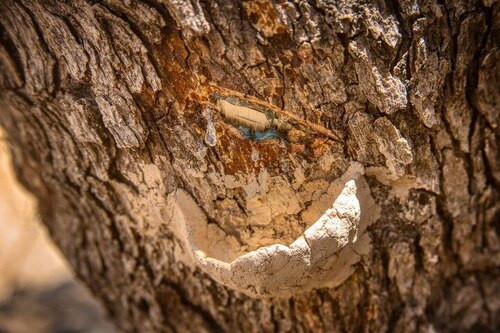
The highest amount of resin in Ilam province is in Malekshahi City. The highest annual profits of Wan in Sna province are in the cities of Mariwan, Sawlawa, and Bana. Within a year, the profits of the trees in Mariwan and Sawlawa exceeded the annual profits of livestock breeding. The forests of Sardasht and Piranshahr in Urmia province also grow fewer Wan trees. Considering the benefits of Wan tree along with the development of new tree plantations, it is advisable to plant artificial trees in this area, which if implemented, could become an economic resource for the people of the area and increase employment opportunities.

